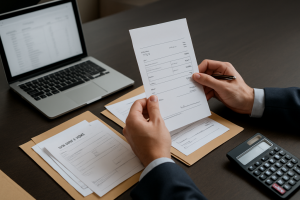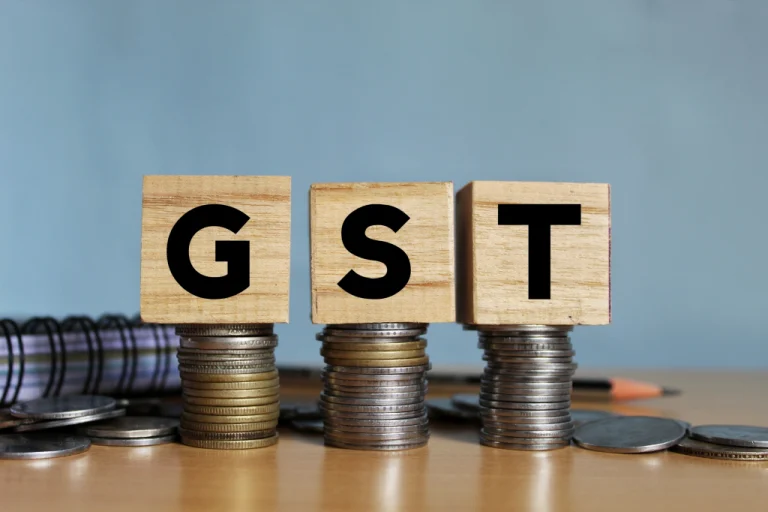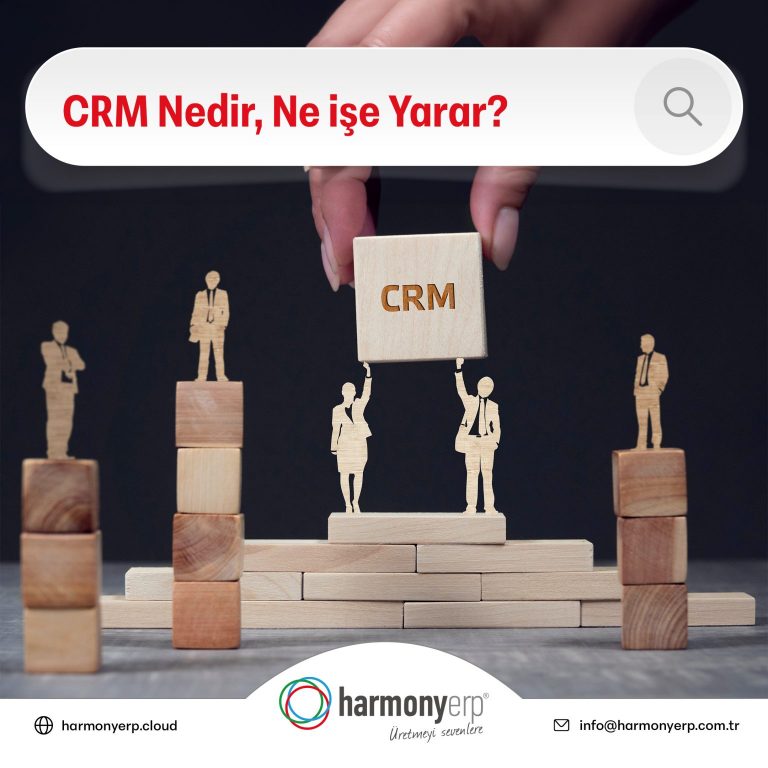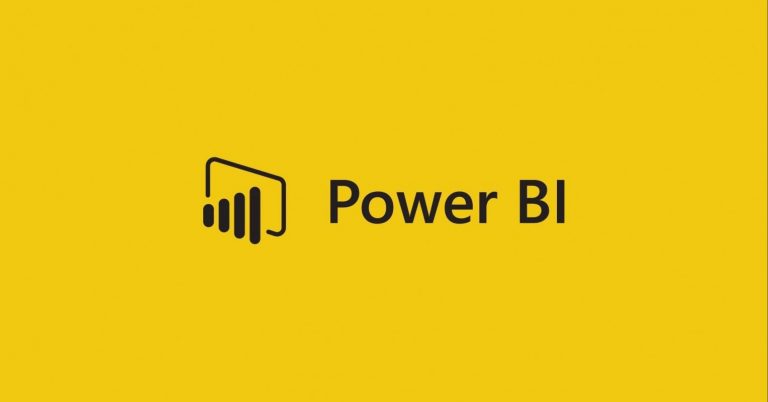What Is a Balance Sheet? Understanding the Financial Snapshot of Your Business

Every business—no matter how large or small—needs a clear picture of its financial standing. One of the most important tools for this purpose is the balance sheet. It provides a snapshot of a company’s assets, liabilities, and equity at a specific point in time, and is a cornerstone of financial reporting, planning, and decision-making.
Let’s explore what a balance sheet is, how it’s structured, and why it’s essential for your business operations.
Definition of a Balance Sheet
A balance sheet is a financial statement that summarizes a company’s assets, liabilities, and shareholders’ equity at a particular moment. It reflects what a company owns and owes, as well as the invested capital.
The fundamental formula behind every balance sheet is:
Assets = Liabilities + Equity
This equation must always remain balanced, hence the name “balance sheet.”
Main Components of a Balance Sheet
- Assets
- Current Assets: Cash, receivables, inventory, short-term investments
- Non-Current Assets: Property, equipment, intangible assets, long-term investments
- Liabilities
- Current Liabilities: Accounts payable, short-term debt, accrued expenses
- Non-Current Liabilities: Long-term loans, bonds payable, deferred taxes
- Equity
- Paid-in Capital: Investments made by shareholders
- Retained Earnings: Profits reinvested into the business
- Reserves: Legal or voluntary allocations of earnings
Each section must be meticulously recorded to reflect the company’s true financial position.
Why Is the Balance Sheet Important?
A balance sheet serves several critical purposes:
- Financial Health Check: Offers a clear view of liquidity, solvency, and net worth
- Investor Confidence: Essential for attracting partners, investors, or lenders
- Decision-Making: Helps executives make informed decisions on investment, expansion, or cost management
- Regulatory Compliance: Required by tax authorities, auditors, and public reporting standards
- Risk Assessment: Identifies financial weaknesses or overexposure
Without an accurate balance sheet, businesses may misjudge their own performance or risk financial instability.
Balance Sheet vs. Other Financial Statements
Unlike the income statement, which shows performance over time, the balance sheet reflects the financial condition at a single point in time.
| Feature | Balance Sheet | Income Statement |
|---|---|---|
| Purpose | Shows financial position | Shows profitability |
| Timeframe | Snapshot at a specific date | Covers a period (e.g., month, year) |
| Focus | Assets, liabilities, equity | Revenues and expenses |
Together, they form the foundation of comprehensive financial reporting.
Automating Balance Sheets with ERP
Creating and maintaining balance sheets manually is time-consuming and error-prone. With modern accounting software, you can:
- Automatically generate real-time balance sheets
- Ensure data accuracy through system-wide integration
- Monitor asset depreciation and liability trends
- Attach audit-ready documentation
- Link reports to business units, cost centers, or projects
This digital transformation empowers finance teams to focus on analysis rather than data entry.







